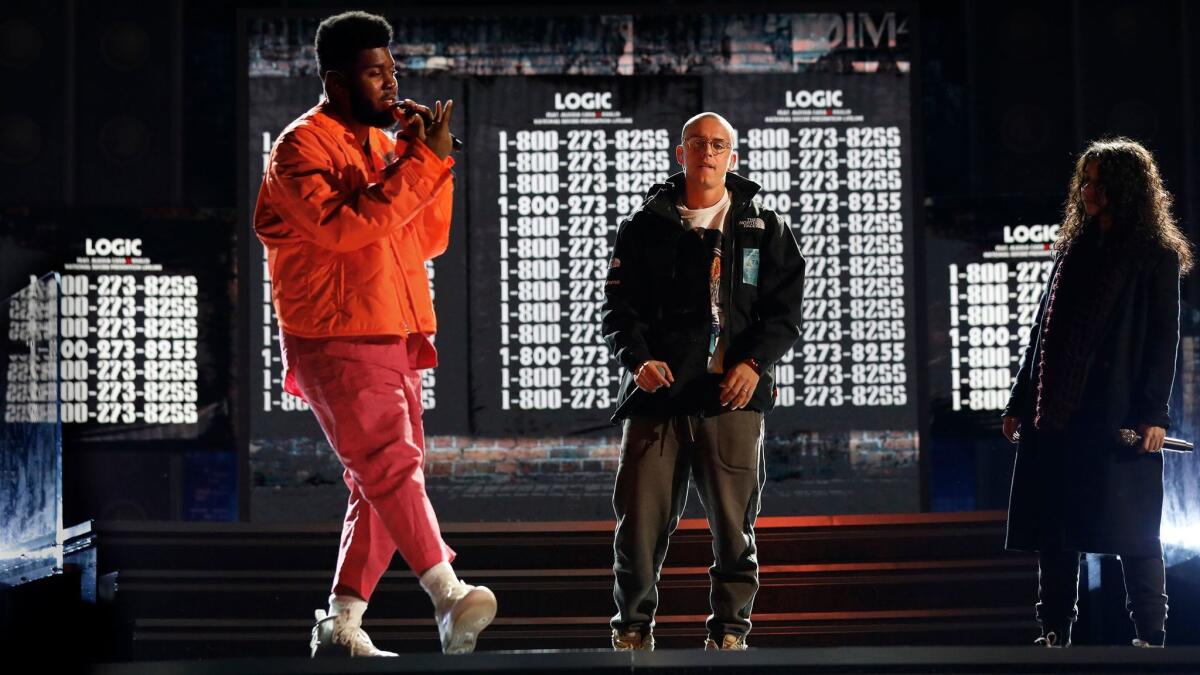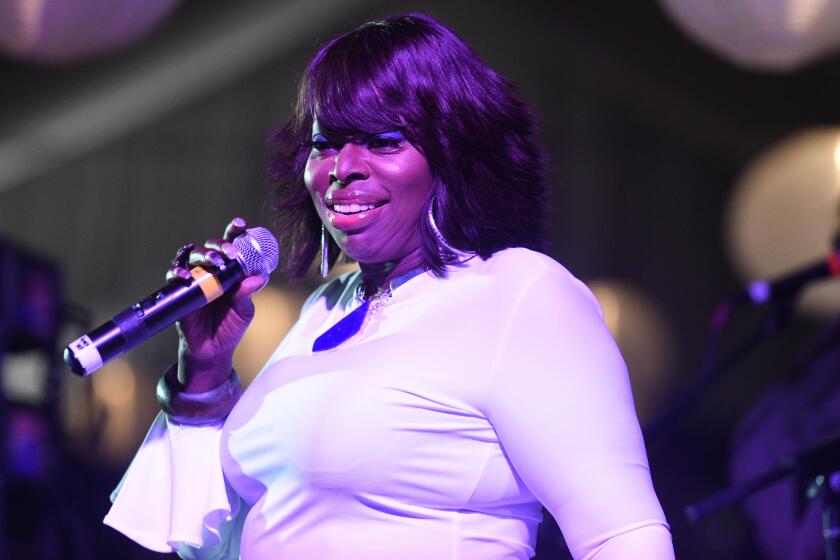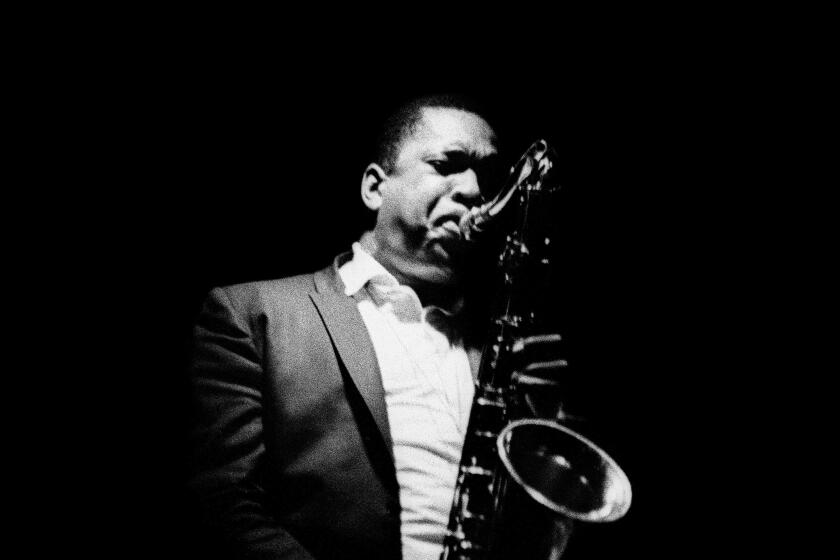Inside Logic’s Grammy-nominated suicide prevention video, with Don Cheadle, Matthew Modine and a mission
- Share via
Filmed in three days in Los Angeles last summer, the Grammy-nominated music video for rapper Logic’s new single “1-800-273-8255,” like the song itself, had a mission: To tell a story that could reach people in need and let them know they weren’t alone.
Oscar-nominated actor Don Cheadle came onboard, as did Luis Guzmán, Matthew Modine and filmmaker Andy Hines, to help tell a poignant story of an African American teenager struggling to come to terms with his homosexuality. Best new artist Grammy nominees Alessia Cara and Khalid also appear in the video. The hit’s title is the number for the National Suicide Prevention Lifeline. The day it was released last April, the hotline received 4,573 calls, its second-highest call volume at the time. The line logged a new record in August the day after Logic, Cara and Khalid performed the song on the MTV Video Music Awards.
The video, written and directed by Hines, is anchored by a moving turn by young actor Coy Stewart (“Are We There Yet?”). Filmed at James Marshall High in Los Feliz, it debuted in August and quickly went viral. It has since been viewed more than 194 million times on Logic’s YouTube channel alone.
According to John Draper, director of the National Suicide Prevention Lifeline, calls have increased by 30% to 50% thanks to the increased awareness spread by the video, which prominently features the lifeline’s number.
At Sunday’s Grammy Awards, Logic, Cara and Khalid will perform “1-800-273-8255”; joining them onstage will be a group of people who either lost loved ones to suicide or attempted it themselves.

“Coy is stopped every day by people now,” said Hines, who is in New York for the Grammys. “He really touched people. It’s been really incredible and unexpected. We had hoped that using the song and the video could get the message out further.”
The concept began with an idea from Logic, who collaborated with Hines on his VMA-winning video for “Black Spider-Man.” “He wanted me to tell the story of a young black teenager who’s having trouble figuring out his sexuality,” said Hines, describing the short film and song as two parts of a whole. Cheadle, who was cast as Stewart’s father after reading a treatment, was drawn to the project by its powerful message.
“[Cheadle] was really interested in the subject and the project as a whole, and he’s a believer in equality,” Hines said. Modine came aboard the morning of filming to play the parent of Stewart’s love interest, and Guzmán, a former social worker, was cast as a coach and teacher who takes action when he notices the boy is in crisis. Images of Cara and Khalid, contributing vocalists, appear on different screens in the video.
“It was very important to me that the parental figures and authority figures not come off in any sort of stereotypical reaction,” said Hines, whose own daughter was born three days before filming. “I was a brand new dad, looking at Don Cheadle’s character so empathetically, shooting these scenes of him holding this brand new baby…It was really overwhelming for me in the moment. I was just trying to make something she would be proud of.”
The video, he says, is meant to be a mirror — not just for those considering suicide but for the people around them. “It’s for everyone: Fathers, mothers, schoolteachers, bullies. It’s for everyone to watch.”
Hines says the success of “1-800-273-8255,” as well as his VMA-winning 2015 video for Big Sean’s “One Man Can Change The World,” has led to more interest from artists who want to make socially conscious music videos. His next project, for Canadian rapper Classified, similarly aims to bring awareness to the missing indigenous women of Canada.
“I’m trying to do with it what Soul Asylum did with ‘Runaway Train,’ how they were able to find missing kids from using their real missing posters in the project,” said Hines, a Nova Scotia native based in L.A. “We’re going to be using real missing people’s pictures so we can bring awareness to them again, because there are a lot of mothers and fathers in that community that have not been able to get any answers, let alone have closure.”
“[‘One Man Can Change The World’] was the first time I’d been able to get an artist and a label backing behind a project that was socially conscious in this kind of way,” he said. “It’s more satisfying now to know that other artists will say, ‘We’d like to do something similar to that or with the same intent.’ It’s not such an uphill battle anymore to try to make things that will help people.”
SPECIAL SERIES: The Age of Hip-Hop, From the streets to cultural dominance
ALSO
Young rappers are getting honest about doing battle with depression, drug addiction and suicide
Peace, love and Logic — meet the rapper who’s taking on the world with positivity
Rolling down Rosecrans in Compton, L.A. hip-hop’s Main Street
More to Read
The biggest entertainment stories
Get our big stories about Hollywood, film, television, music, arts, culture and more right in your inbox as soon as they publish.
You may occasionally receive promotional content from the Los Angeles Times.











